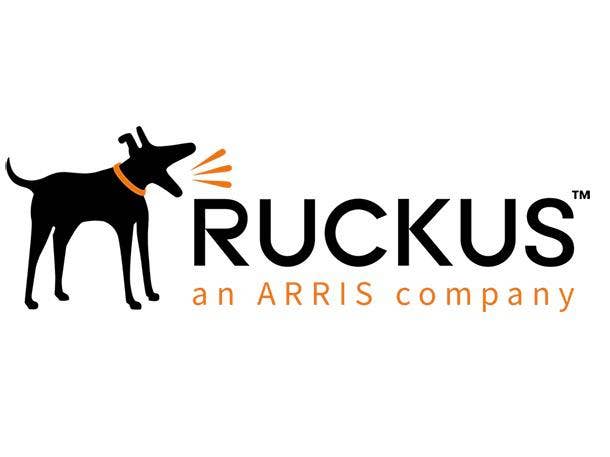Ruckus: Ramp-Up Of Private LTE Using CBRS Starts 'In The Next Year'

While it's been a hot topic of discussion in wireless for years, the pieces are coming together for major deployments of U.S. Citizens Broadband Radio Service (CBRS) band technology to begin "in the next year," an executive from Ruckus Networks told CRN.
Ruckus has been the first vendor to ship access points that support CBRS 3.5GHz LTE, which can be used to enable the deployment of private LTE networks.
[Related: Next-Gen MSPs Must Master Problem-Solving]
The access points, the Q710 indoor AP and Q910 outdoor AP, offer improved performance for environments such as buildings that have poor cellular coverage, as well as for businesses that require higher performance for critical applications.
CBRS is "very interesting for doing things like cellular coverage in a building," said Jeanette Lee, senior director of product solutions architecture for Ruckus. "A property owner wants their buildings to be very valuable assets. Nobody wants to rent an apartment in a building with bad cellular coverage."
With deployment of CBRS technology, such buildings "become so much more valuable," Lee said.
The Federal Communications Commission has yet to ratify the final standard for CBRS, but that is expected to happen as soon as this summer. Device makers are expected to follow suit by adding support in smartphones for CBRS—and already, Samsung's Galaxy S10 and LG's G8 ThinQ have included support for CBRS, according to the CBRS Alliance industry group.
Champaign, Ill.-based Pavlov Media has been among the first service providers to launch a test deployment of CBRS technology. With CBRS, the company is focused on helping landlords to provide improved cellular strength in their apartment buildings, said Bryan Brooks, vice president of carrier and wholesale services at Pavlov Media.
"Financially and technologically, it's tough for them to find a solution that works in their buildings," Brooks told CRN.
One option, the distributed antenna system, or DAS, is bulky and expensive, and more appropriate for stadiums and other massive deployments, he noted.
CBRS, on the other hand, is available through hardware that is roughly the size of existing Wi-Fi access points, and is far less expensive, Brooks said. In the case of the Ruckus technology, the CBRS gear is actually able to snap onto Ruckus Wi-Fi access points, he said.
"Ruckus is not the only vendor [doing CBRS], but they are definitely leading the way in a number of aspects," Brooks said.
The finalization of CBRS rules could come as soon as late summer, with the initial commercial deployments beginning in tandem with that, he said. "I think it'll definitely gain momentum going into 2020," Brooks said.
As for whether or not CBRS could be made less relevant by 5G, Brooks said he doesn't think that will be the case. The challenge posed by massive demand for wireless service is driving "the need for adoption of everything we can get our hands on," he said. "I think CBRS will live hand in hand with Wi-Fi and with 5G. I think all these things have their place."